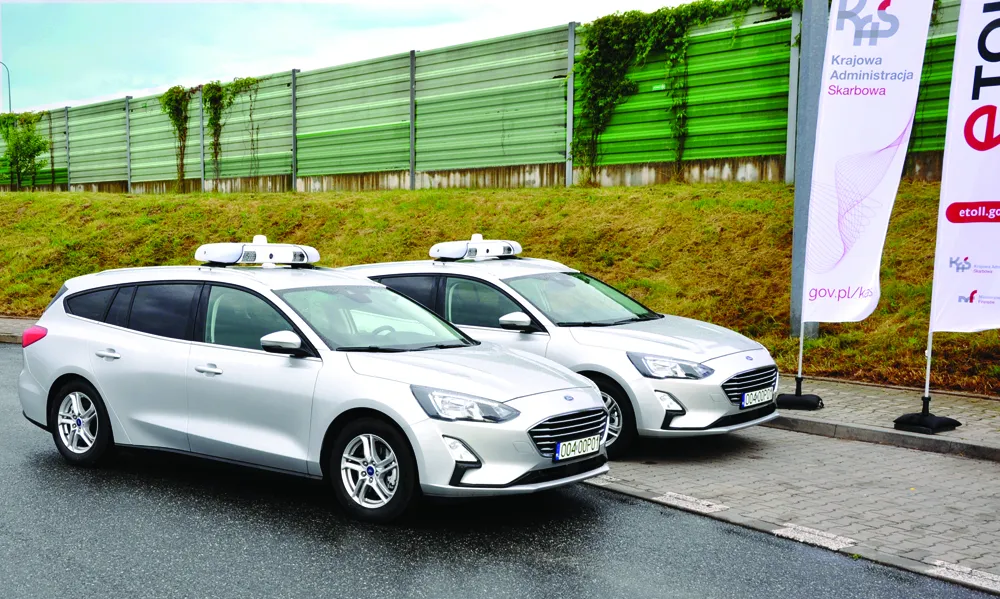Provincial Traffic Officers in South Africa have been issued with new hand-held devices by the Department of Transport and Public Works as a fast, information-verifying tool that will assist enforcement.
These devices have been entirely developed and tested over the past two years by the Department and will be in operation across the Western Cape; a first of its kind in South Africa.
The devices allow traffic officers real-time access to the automatic number plate recognition (ANPR) camera system, which is linked to the eNaTIS database where all vehicle and driver information is stored.
The cameras read the number plate of a passing vehicle, immediately relaying details of that vehicle’s make, class, registration status, roadworthy status, offences, warrants, and ownership to a central back office. This information can then immediately be relayed via a 3G link back to traffic officers in the field, positioned close to the ANPR, allowing them to stop a vehicle that has been flagged by the device for having offences attached to it.
The device also allows traffic officers to scan and read vehicle licence discs and drivers licences to verify their authenticity, as well as to pull information relating to past offences and possible warrants of arrest.
The system will also serve as an information gathering tool for traffic management component, assisting the Department to plan resource deployment better in areas where it is needed most.
New hand-held technology to bolster traffic enforcement in South Africa
Provincial Traffic Officers in South Africa have been issued with new hand-held devices by the Department of Transport and Public Works as a fast, information-verifying tool that will assist enforcement. These devices have been entirely developed and tested over the past two years by the Department and will be in operation across the Western Cape; a first of its kind in South Africa.
December 22, 2015
Read time: 2 mins










